





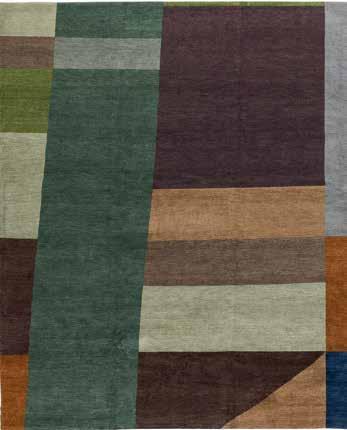
LETTER








LETTER

"I think I want to paint the chicken coop pink," I say to my husband as we take our nightly stroll around our property, post putting the kids down for sleep. "Pink?" he responds. It's my favorite summer ritual, trailing around in pajama pants or sweats, grass clippings collecting early evening dew and sticking to my yard slippers. The heat of the day is gone and a coolness washes over us. It is our time to dream up new dreams, draw them in the air with our fingers in the sleepy sunlight.
My pointer finger traces the already standing coop run and I shake it back and forth to create an erasing motion. We agree on the new structure and we start the demolition a few days later. I paint, he stretches the wire, and we continue in this fashion with the kids crawling around us and chasing the chickens who make full use of the play yard right alongside them. It's nearly 10 p.m. when the door latch is screwed into place, the finishing touch. "The Quack & Cluck," because life is more fun when you name cute things.
At the end of the day, both figuratively and physically, the coop is for the kids. It's my older son's chore—getting the eggs, noting if the hens have food and water. Is their water clean? Was a certain hen (usually Reddy or Copper) feeling broody today? There are so many little things to notice and take responsibility for. He will scoop one up and she will flap her wings in his face and the dust will fill the entire indoor space. There will be incessant clucking. It's complete chaos, yet somehow the most peaceful part of our day. Even my 1-year-old is fascinated, tracking the chickens everywhere they go, reaching for them even after they've trotted by. I hold one in my lap and say, "gentle," real slowly and quietly, taking his small hand in mine and brushing his little palm along her feathers.
I'm a 90s kid, so "Stoop Kids" was a common phrase from the Nickelodeon show, Hey Arnold! If you know what I'm talking about, you'll understand when I say that Coop Kids (my own version) are going to leave the coop. They'll fly away someday, like every good parent knows. And I hope they take the feeling of their childhood with them. Because their childhood is our parenthood, and it will—forever—be my favorite part of life.

CHELSEA LYN AGRO, EDITOR @MVLMAGAZINE
August 2025
PUBLISHER
Mike Tucker | MTucker@CityLifestyle.com
PUBLISHER ASSISTANT
Amanda Tucker | Amanda.Tucker@CityLifestyle.com
EDITOR
Chelsea Lyn Agro | Chelsea.Agro@CityLifestyle.com
STAFF PHOTOGRAPHER
Rick Szczechowski | RrSzczechowski@Gmail.com
CONTRIBUTING WRITERS
Chelsea Lyn Agro, Marko Capoferri, Emma Trotter, Susie Wall
CEO Steven Schowengerdt
COO Matthew Perry
CRO Jamie Pentz
VP OF OPERATIONS Janeane Thompson
VP OF SALES Andrew Leaders
AD DESIGNER Evan Deuvall
LAYOUT DESIGNER Kelsey Ragain
QUALITY CONTROL SPECIALIST Marina Campbell









A Carousel for Missoula has always been a community-minded endeavor, all for
Local Missoula nonprofit organization focuses on community and family connections through playgroups, parties, and events.
A Carousel for Missoula is a generational joy to the Missoula community, but have you ever considered how the galloping horses came to be? Learn about the history of the horses and the many volunteers who carved them on page 10.

























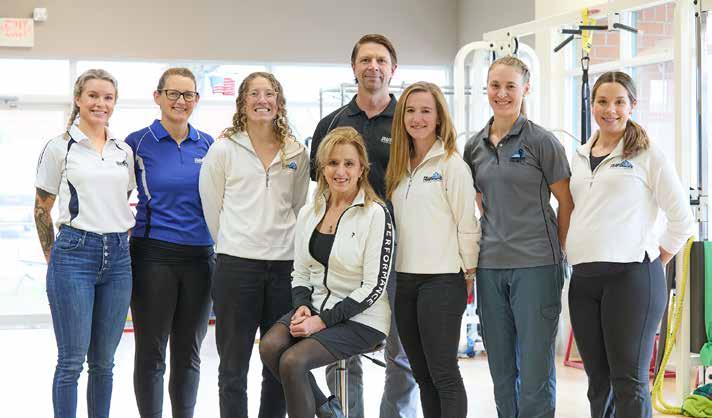

Established in 1995, by Jill Olson, PT, a 5th generation Missoulian. Peak Performance has diverse specialties ranging from sports medicine and orthopedics, to vestibular and concussion therapy as well as Women’s health, breast cancer, and lymphedema rehabilitation. We are conveniently located near Southgate Mall. We invite you to stop by and see how Peak Performance Physical Therapy is here to help you!

To learn more or to schedule a private/personal consultation, call us at 406-542-0808. www.peakpt-mt.com
V PeakPerformance_Missoula B PeakPerformanceP T


A Carousel for Missoula has always been a communityminded endeavor, all for generational enjoyment
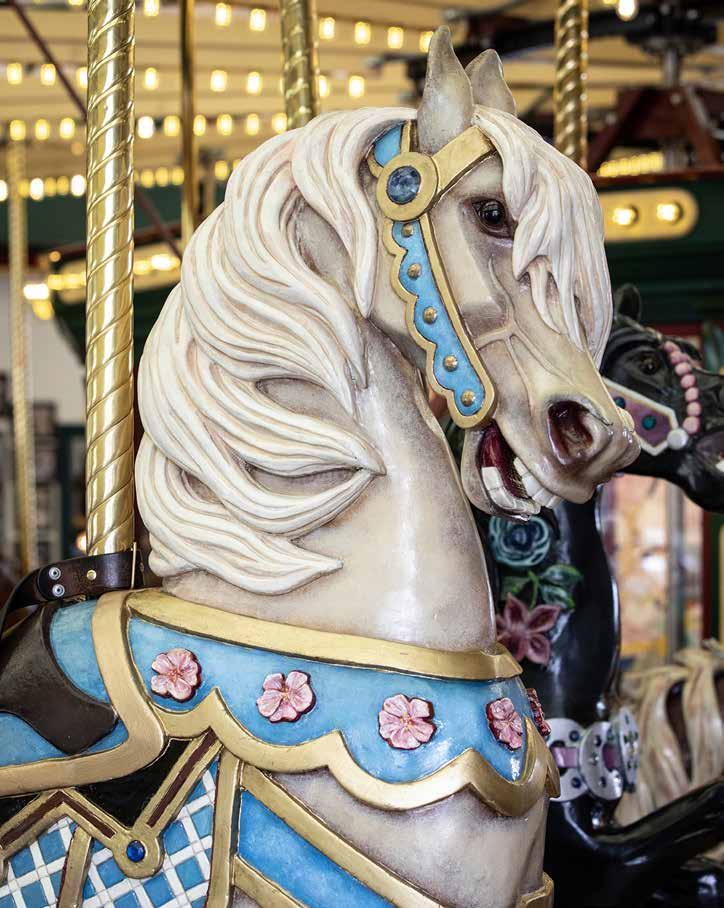
Nothing exemplifies our community quite like A Carousel for Missoula. Situated along our iconic river, the largely volunteer-run attraction, enchanting to kids and adults alike, has entertained and delighted generations of Missoulians.
The Carousel was the brainchild of Missoula cabinetmaker Chuck Kaparich. He pitched the City of Missoula on the idea back in 1991, after he had acquired a disassembled antique carousel frame and carved four horses.
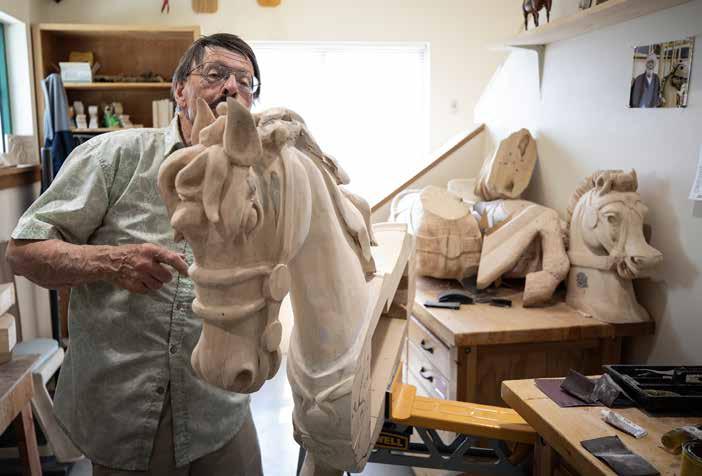

“He realized he’d probably be 175 years old if he carved ‘em all himself, so he offered classes,” said John Thompson, who learned woodcarving from Chuck at the outset of the project and has been involved ever since. “During the heyday while we were carving all the horses we probably had 40 active carvers all working in a two-car garage.”
“One of the best things about the Carousel is it was done with all volunteers,” he added. The Carousel estimates 100,000 volunteer hours went into the creation. “Only about two people had carved before they started on the Carousel. It changed a lot of lives. Everybody parked their problems at the door and we all just worked together.”
Given varying skill levels, the work was divided up so that multiple people worked on each horse, which was then glued together from many separate pieces.
“We had people that did not carve at all, they only sanded,” John said. Chuck would have novices start with less essential details, working their way up to legs, then necks. “The best carvers were the ones who did the heads. Once you put the eyes in, they start talking to you.”

Unusually for carousels, all the horses are unique. More typically, a carousel would have a handful of repeated styles. They would also only be decorated on one side.
“These horses have a romance side and a revenue side, and the revenue is in a lot less detail in the carving,” said Jeff Stevens, another volunteer carver. “Usually, you’d put a lot less detail in the off-side. The detail side that faces out is called the romance side.”
Each unique horse has a unique backstory, too. “It’s just amazing the story on it,” John said. For example, four of the horses—Meriwether, Moonlight, Sir Franklin, and Snapples—are called the penny ponies because Missoula schoolchildren collected pennies to sponsor them.
“They had bake sales and car washes,” John said. “We designed their horses using an overhead projector, the little boys yelling they wanted armor, the little girls yelling they wanted flowers.”
John, who sketched all but six of the 38 original figures and who is the 2025 Arts Missoula Individual Artist Award winner, said his favorite horse on the Carousel is Montana Appaloosa. He described the long process of designing the horse with input from Henry Bugbee, a professor at University of Montana, whose colleagues and mentees had banded together to sponsor the horse in his honor. But John’s favorite figure on the Carousel is the dragon. “Everyone in Montana thinks they know what a horse looks like, but you can do anything you want with a dragon,” he said.
The Carousel, housed in an ornate building that is itself whimsically carved, was completed in 1995. A few years later, the effort to add neighboring Dragon Hollow playground took shape.
“Kids can only ride the carousel so long,” John said.
“We gave them something else to do,” added Jeff, who was site captain and paint captain for the project.
Building Dragon Hollow was, again, a massive community undertaking: 3,500 to 4,000 volunteers built the original portion in 2001 in about nine to 10 days, working from dawn until well past dark.
“During the heyday while we were carving all the horses we probably had 40 active carvers all working in a two-car garage.”
— John Thompson
It’s no coincidence that so many people involved in the original project are still around, sustaining that community feeling. Nowadays, the carving group meets on Tuesday nights, and most of their projects are not for the Carousel itself anymore.
“We’ve carved enough horses to populate a whole other carousel,” Jeff said.
The work of the carving group adorns carousels in Washington, Oregon, New York, Massachusetts, and Alberta, to name a few. A recent project involved carving a replica carousel pony to decorate the new Missoula airport building.
“We’ve done probably about 70 projects since we finished with the Carousel,” John added.
Also hanging around on Tuesday nights is long-time mechanic Mike Alvernaz, who returned from retirement to address mounting technical problems and train up his replacement, maintenance and safety engineer Gregor Banister. The Carousel’s mechanism dates from 1918, and keeping it running smoothly—almost year-round, which is unusual for carousels—takes time, dedication, a lot of specialized knowledge, and a little luck too.

“You can’t Google search any of this, you can’t buy any parts for it,” Gregor said. Since coming on board less than two years ago, Gregor has been systematically inspecting the Carousel’s 16,066 parts. “I’ve gone through every bolt and every pin,” he said. He and Mike have also been putting together a procedure manual. “Eventually I want to add pictures and make it a real encyclopedia of this style of carousel…I started to realize how much the Carousel means to the community, and I felt a little obligated to be here and take care of it and bring it into the next generation,” he said. “I’m grateful I’m able to be a part of it and help bring it into the future.”
“It’s the best show in town,” John said. “There is never a bad day at the Carousel.”

FIVE FUN FACTS TO KNOW ABOUT THE CAROUSEL!
1. The Carousel ponies are made of basswood, which is durable but soft enough to be easily carved.
2. Paint is the only horse that is painted with acrylic rather than oil-based paint.
3. The Carousel canopy has 966 light bulbs, requiring 90 amps of power.
4. The Carousel weighs 10.5 tons, fully loaded, and is 18.6 feet tall.
5. Horses jump six times per revolution and the Carousel makes 6.5 revolutions each minute. The outside row goes 7.82 miles per hour.

"Everybody parked their problems at the door and we all just worked together.”
— John Thompson






spend more meaningful


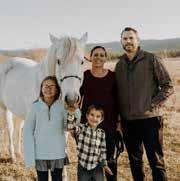




ARTICLE BY EMMA TROTTER | PHOTOGRAPHY PROVIDED
LOCAL MISSOULA NONPROFIT ORGANIZATION FOCUSES ON COMMUNITY AND FAMILY CONNECTIONS THROUGH PLAYGROUPS, PARTIES, AND EVENTS

The first sign that a garage sale is a big deal: We have to park a block away.
My husband, my toddler, and I (wearing our infant, born just after we moved
rewarding to see all the families networking together, people being able to have friends that they can eventually call family to rely on.”
“I WAS KINDA NEW TO THE AREA, AND DIDN’T HAVE A LOT OF FRIENDS. I WAS IN A PLAYGROUP, AND IT SAVED MY LIFE.” — BETH JAFFE
to Missoula) make our way through the most well-organized garage sale I have ever seen. For $10 a bag, we collect kids’ clothes and small toys. Larger items, spread across the lawn, are priced separately. We overstuff our first bag and get a second. On the way out, we pick up a flyer for PLAY Network, organizers of this giant swap.
PLAY Network is a local group focused on connecting families with young children. Events include frequent playgroups at playgrounds or the library, at least quarterly meetups for just parents, and parties for Valentine’s Day, Easter, Mother’s Day, Father’s Day, back-to-school, Halloween, and the winter holidays. Most events are members-only, and membership is $35 annually.
“I moved here and I didn’t really have a network of people. And then I found the PLAY Network,” said current president Stephanie McIntosh. “It’s so
That is exactly what Beth Jaffe had in mind when she founded what would become PLAY Network almost 25 years ago.
“That was the primary vision, just having a way to find a playgroup, especially for people who are in some kind of outlier position,” she said. “I was kinda new to the area, and didn’t have a lot of friends. I was in a playgroup, and it saved my life.”
PLAY Network can also be a great resource for people who choose to have kids before or after their local friends. That’s how it was for Jacole Johnson, who joined in 2016.
“I was shifting into a new version of myself,” she said. “It was encouraging me to show up for these things versus going someplace and trying to make friends on my own. Sending in that RSVP holds you a little bit more accountable to get yourself out of the house.”
CONTINUED >


Early on in her efforts to set up the club, Beth met with another woman interested in being part of the leadership effort.
“This was someone I’d never have met just walking around Missoula,” Beth said. “We’re all walking around reading the cover of everyone’s book—we see that and make quick judgments. But here I was having this wonderful, in-depth conversation, and I thought yeah, let’s go ahead and do this.”
And so, PLAY Network—playgroups, networked together—was born. The group started setting up events like police station tours, where kids got to sit in police cars and learn not to be so scared of the loud sirens. They even got to get inside a helicopter on top of the hospital.
But it’s not just about fun events for kids. The group also provides support for members, whether it’s a meal train for someone dealing with a tough medical diagnosis, or simply a safe space to talk with other adults.
“I enjoy doing the Real Talk every month because you get to dive deeper into conversations and let things out and hear what other people are going through and get support,” Stephanie said. “It’s hard to actually talk to people when you’re chasing your kids all over.”
Inclusiveness was a big focus from the start, and that lives on today.
“We are working very hard to accommodate all families,” Stephanie said. “The more diverse families we get the more that we can expand how we do things. We’ve got three dads, two couples, a single father—a wide range of volunteering board members.”
“It might not be the same people but it has the same energy,” added Jacole, who joined the board this year.
Reflecting on the group she created, Beth feels proud of her contribution to Missoula.
“Even today I’ll run into somebody at a yoga class or walking in the woods, and they had that fun time because of something I did, and it’s really a good feeling,” she said.
Swap is a benefit to group members and the larger community, contributing to the circular economy and making possible donations back to local nonprofits like the food bank or Ronald McDonald House.
“I never have to buy clothes for my son,” Stephanie said. “I also get to share the clothes that we have enjoyed and see other people’s kids wear them and it’s just so fun.”
Earlier this year, my husband and I joined the board and hosted our first swap. In just two years as members of PLAY Network, and in perfect keeping with its spirit, we go from outsiders to part of the beating heart of our community.














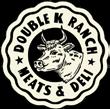



Think back to your first visit to the dentist. Were you nervous, uncomfortable, even downright terrified? At Diggs Dental Care, Drs. Kate and Tanner Diggs hope to remove those feelings of fear and trepidation and make visiting the dentist a positive experience, especially for their young patients. With an extensive background in dentistry, and with two kids of their own and another on the way, Kate and Tanner know first-hand the tips and tools to help all kids feel comfortable at the dentist office.
AT WHAT AGE WOULD YOU RECOMMEND PARENTS BEGIN THINKING ABOUT BRINGING THEIR CHILD TO THE DENTIST?
The American Academy of Pediatric Dentistry recommends that a child has his or her first visit by their first birthday, or within 6 months of getting their first tooth.
WHAT SHOULD A CHILD AND A PARENT EXPECT TO HAPPEN ON AN INITIAL VISIT?
We feel that the first visit, especially if done at an early age, is really helpful for establishing a positive relationship with the
dentist and the dental office environment. We show our young patients the basic dental equipment, check to make sure the teeth and gums are developing appropriately, and discuss dietary and oral hygiene habits with parents and guardians.
WHAT TIPS CAN YOU OFFER A PARENT TO HELP THEM PREPARE THEIR CHILD FOR THAT FIRST VISIT?
Preparing for the first visit can help everyone be more comfortable. We recommend using positive, simple language your child can understand, reading books about the dentist, using role-play or pretend play about going to the dentist, and keeping the conversation focused on being healthy. Scheduling visits earlier in the day is also helpful for young kids, as well as avoiding nap times and meal times to ensure they are well-rested and alert.
WHAT ARE SOME OF THE STEPS YOU TAKE AT DIGGS DENTAL CARE TO MAKE CHILDREN FEEL COMFORTABLE?
We try to make kids’ visits as fun as possible! We let children touch and hold our basic instruments, such as mirrors and suction. They can ride up and down in the chair, and we always encourage positive, playful interaction with our team. Our youngest patients can even stay in their parent or guardian’s lap during the evaluation. Some kids will just be more anxious, and that’s okay! We’re experienced with handling this and work with each child to make them feel as comfortable as possible.
WE ALL LOSE OUR BABY TEETH EVENTUALLY SO I CAN IMAGINE SOMEONE THINKING, “WHAT DOES IT MATTER IF I TAKE MY CHILD TO THE DENTIST AT AN EARLY AGE?” WHAT ARE SOME BENEFITS
CONTINUED >

OF STARTING A DENTAL HEALTH ROUTINE AS A CHILD VERSUS LATER IN LIFE? Establishing healthy habits is easier at an early age. Breaking bad habits can be a challenge! Early visits help us establish long-term risk factors and assess the mouth for any developmental or other tissue-related abnormalities. Baby teeth allow for proper chewing and speech development in children, and
"WE LET CHILDREN TOUCH AND HOLD OUR BASIC INSTRUMENTS, SUCH AS MIRRORS AND SUCTION. THEY CAN RIDE UP AND DOWN IN THE CHAIR, AND WE ALWAYS ENCOURAGE POSITIVE, PLAYFUL INTERACTION WITH OUR TEAM."
hold space for permanent teeth. Bacteria that cause cavities in baby teeth can also spread to developing permanent teeth.
DO EITHER OF YOU REMEMBER ANYTHING ABOUT GOING TO THE DENTIST AS KIDS, AND HOW THAT INFLUENCED YOUR DECISION TO BECOME DENTISTS?
Dr. Tanner: I grew up in a very dental-focused house. My mom was a dental hygienist and my dad was an orthodontist. I was always very comfortable in that environment and loved it so much that I never really saw myself doing anything else.
Dr. Kate: I loved going to visit my childhood dentist growing up! He was so kind and positive and really motivated me to establish good oral home care from the beginning. I remember the waiting room always having fun magazines and books for kids, and I wanted so badly to remain in the “no cavity club.” In grade school, I interned at his office and observed how he made patients of all ages comfortable. I found that to be very motivating as I considered my future in dentistry.

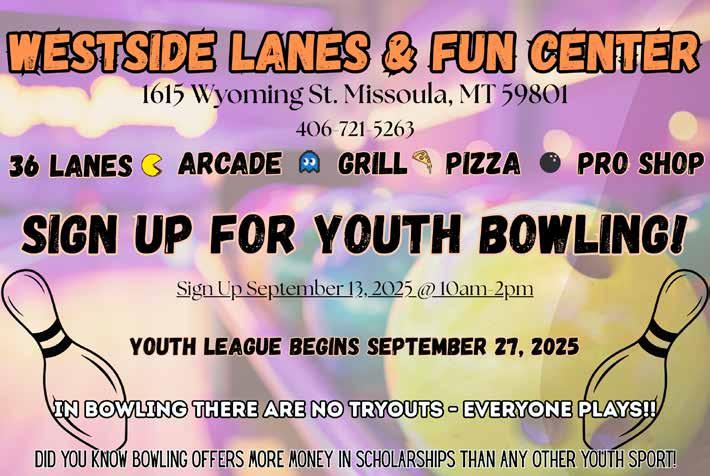








Immerse
Immerse Yourself Into Wellness











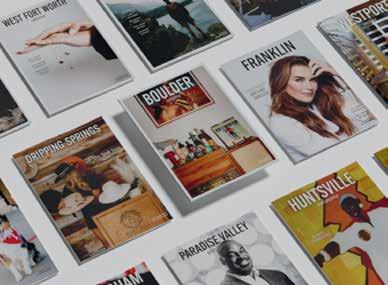









Our feathered friends, all 19 of them, clucking and quacking before the kids wake from their beds and long after they go down for the night. They are the gateway to what I hope will be a lifelong friendship with animals and each other. These brothers, just about four years apart, are playing with their pecking order in this world. They go in too fast, the chicken or duck flutters away. They go too slow, they miss their chance at holding or petting one altogether. But suddenly, a worm! Pulled from the ground and gobbled up, by the chicken of course. One runs after a butterfly, the other pulls a berry from the bush. This ground, this farm—it’s ours to explore together. A lesson in kindness in every chore.



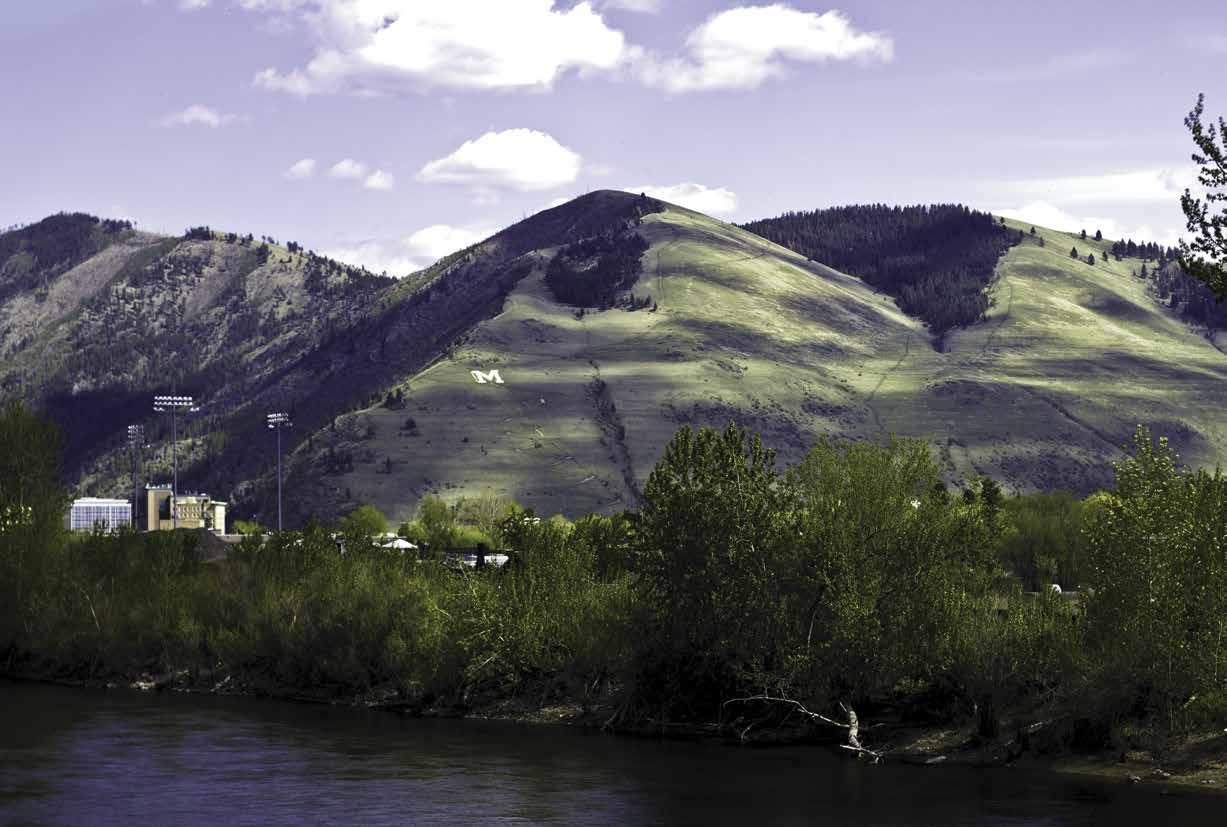
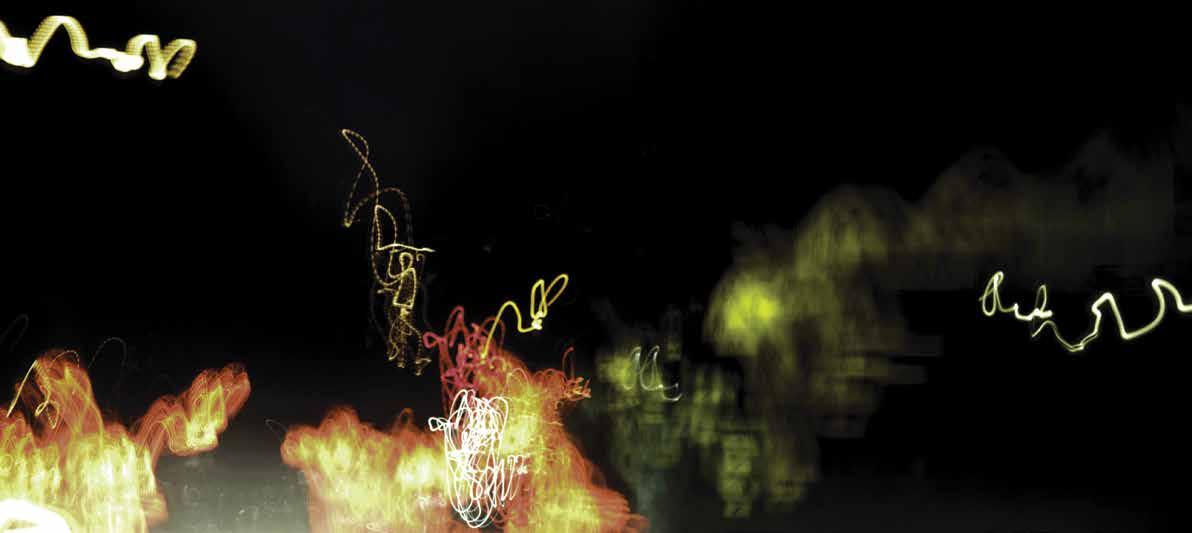






In ecology, a niche refers to a species’ role and position in their environment. Jennifer Walworth and Rose Dickson saw an unoccupied niche in Missoula’s education ecosystem, so Jennifer and Rose, along with Tayleigh Sykes (all devoted, longtime Missoula educators), set out to create a new species of high school.
Clark Fork Prep is a slow-sprouting independent, grassroots, student-centered and teacher-led high school, founded on what Rose identifies as their three pillars: “place-based, small class sizes or student-centered, and academic excellence.”
“We’re all high school teachers, and throughout many years of working in Missoula at the high school level we just noticed that there was a real gap in high school options,” Jennifer says. “At the elementary level, parents have a lot of options. By the time those families hit eighth grade, they really only have two options: a big public school, or private religious school, and we just wanted to have a different option for Missoula families who don’t feel served by the current choices.”
“Something that’s made me kind of sad is how many people we talk to who are planning to send their kids to boarding school or out of Missoula, or even move, because they don’t see a different option,” adds Rose. “Trying to keep Missoula folks in Missoula and have a place where they feel served is important to us.”
In addition to the trifecta guiding Clark Fork Prep’s ethos, they are also driven by a fundamental belief in the innate motivation, intelligence, and potential of high schoolers.
“I think we often sell them short,” Jennifer says, “and see them as ‘just’ teenagers. The phrase ‘teenage wasteland’ comes to mind—but that’s not actually who they are. They’re smart and they’re curious and they’re very, very passionate about a lot of things, but some of those wonderful qualities get lost in a setting where they don’t get to have choice So one of the things we wanted to do was make sure we were small enough that everybody had choice to be creative and engaged, both teachers and students.”
You may be saying to yourself: this all sounds great in theory, but how does it look in everyday practice?
“We’re really thinking about place-based education in a more holistic way,” Rose says. “How can we connect kids to the landscape—of course, Missoula is beautiful, we can walk to the river from here, Watershed Education Network is right down the street—but also the culture and the amazing local businesses and nonprofits that are here. Can we bring in local artists, can we bring in local entrepreneurs to really show kids what life outside of high school can be, and have really tangible ways into the curriculum.”
“In environmental studies that’s pretty easy,” she continues, “but in English that might look like: Shakespeare in the Parks is doing Othello, so that’s the play we’re going to study. How do we take the wealth of knowledge that’s in Missoula and help kids connect with the material that way.”
In addition to a three-dimensional approach to education, Clark Fork Prep sees smallness as a virtue, a pathway to purposeful engagement with each student and their unique set of interests.
“Trying to keep Missoula folks in Missoula and have a place where they feel served is important to us.”
“Once we get those 1, 2, 3, 10 students,” Jennifer says, “we have the luxury then of looking at them and saying, ‘alright, what do you need, what do you want, how can we best serve you and if we can’t, who are we going to get to make that happen?’”
Rose elaborates: “Starting small means we can say, ‘are you into photography? Okay, we can make that happen. You would like to go to Yale? Okay, let’s make sure you have all the credits you need to get into Yale.’ Let’s figure out how to make sure their present is amazing and beautiful, and that they’re set up for their future, whatever that looks like for them.”
“‘Relationship’ is the secret sauce to academic excellence,” Rose continues, “and if you know the kids individually, you know how to help them get to that next step.”

